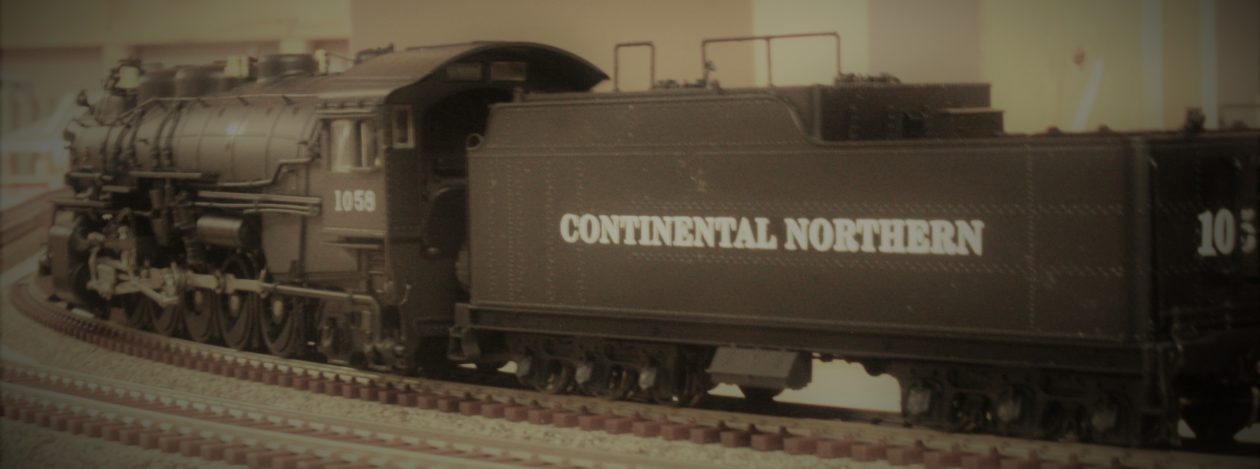After completing the substation I started in on the actual power plant. For this project I am using the Northern Light & Power from Walther’s. The structure itself is pretty basic, base plate, four walls and a roof. The large windows scream for a detailed interior or so I thought, more on this later. I also got the interior detail kit for the power station. This is pretty basic also, two steam turbines, two generators and walls for the boiler section.
I started by assembling the four walls and then masked off the raised lip that the windows mount to as I wanted a clean surface to glue the windows to. I then masked the whole exterior to protect it from overspray and then sprayed it with a rattle can, in a light industrial gray.



After removing the masking tape I set the building onto it’s base but could not get it to sit flat. After carefully looking at it I found that there was a production error in the tooling. The cutout and “stoop” for the service door is on the right side of the base while the actual door is on the left side. While not a major problem it is a little annoying. I made a cutout on the left side for the door and removed the stoop from the right side ( and later removed the stoop for the roll up door as well ) and the building dropped right into place. I’m sure Walther’s felt it wasn’t worth the expense of retooling the molds for such a minor thing but you would expect some kind off additional mention that the problem would have to be addressed while assembling the kit.


Next up was to fill in the mortar lines in between the bricks. I have never had very good luck using the usual methods – some variation of flowing a diluted paint into the mortar lines and then wiping off the excess – and started just painting on a concrete color and then dragging the edge of a razor blade across the face of the bricks to remove the paint. I have found the trick to this is letting the paint just set up ( just about dry to the touch ) and the removing it. The added benefit is it roughens up the brick face and tones down the plastic sheen.




When I had completed a side doing this I would celebrate by painting all of the concrete surfaces ( base, window sills and architectural details ) until the whole structure was done.
Before:

After:

After the exterior was done I turned my attention to the interior. After pulling up several pictures on the internet, I decided on steam lines, conduits for electrical wiring, some catwalks, control boxes and other miscellaneous details. As I said, with the big windows you needed a lot of detail. After gluing the Walther’s detail set in place ( painted it first ), I set the wall section back in place and taped a couple of the windows in place to get a feel for placement of the afore mentioned details. That’s when I noticed that the window mullions block about 50% of the interior. Even lit, you don’t need anywhere near the amount of detail as you think you would. Unless of course you into that kind of thing and need to be totally accurate.
So I settled on adding just the steam lines to the turbines and a catwalk over the turbines to access the steam valves. I will also add some figures and 55 gallon drums of lubricant. I don’t think that you would notice much more, especially at the angle that the power plant will seen at.




A side note, the heavy doors between the boiler section and the power plant are molded as wooden sliding doors. I painted them as steel doors, as I believe that they are meant as fire doors and would not be made out of wood.
Once that was done I applied the decals. This is another thing that bugs me about the newer Walther’s kits. On the older kits the used a thin decal that if you were not careful on long / large decal they would break and you would have to carefully line them up. The plus side was, with a little Solva Set, you could get them to snug around details like the brick work. They fixed the problem of the decals breaking by going to a very thick decal that no matter how much decal setting solution you use, you are not going to get them to settle into the detail work.
I also added a spacer plate to the substation to fill in between the substation and the power plant. Right now you can see the seam, but after ground cover is applied it will disappear. I did start to play with weathering to see if I could tone down the decal lettering and will finish the weathering before installing on the layout. Additionally the fencing and wiring of the substation will happen after it installed on the layout.


Well I think that is all for now. Until next time…
Happy railroading.
